Please, it’s Reee-sling, not Rye-sling. Now, we’re the furthest thing from pretentious when it comes to complicated wine jargon and pronunciation, but my heart bleeds when I occasionally overhear it referred to as the latter. For a wine lover, it is the equivalent frustration that a grammarian feels while trying to abstain from correcting ‘your’ to ‘you’re’ (or vice versa) on somebody’s throwaway Facebook post. It doesn’t really matter, except to that particular person, to whom it really matters.
I digress of course, but I will defend Riesling until I’m blue in the face. It has fallen in and out of fashion a number of times over the years. Currently, I think we’re seeing a bit of a resurgence of interest and favour for the variety, possibly stemming from its popularity with wine professionals. It’s almost every sommelier’s go-to grape for a myriad of occasions and why not? It can be bone dry, lusciously sweet, excellent value, ludicrously expensive, age-worthy, totally quaffable, versatile with a broad scope of food pairings.
Yet the average consumer has a very different view of the variety. The overriding contributing factor to its tarnished reputation? Sugar.
For the first time in history, the world today has more overweight than underweight people. For some, the most obvious reason is that the average diet contains an outrageous amount of public enemy number one: sugar.
That puts Riesling in a difficult spot as its reputation as sickly, luscious, syrupy juice has been a difficult one to shake. It’s important to know that Riesling in its spiritual home, the Mosel Valley in Germany, was originally made in the late 1800’s as a dry style of table wine to be consumed young and fresh. But fast forward 50 years or so to the end of the second world war, there was a distinct move towards consumption of sweet wines that tasted luxurious and heavenly to the previously strictly rationed palates of key German export markets: the UK and USA.

So successful was the style that it prompted an incredible number of low-quality, rancid and sugary imitations as the 1900’s went on. These wines rarely, if ever contained any Riesling, but were often marketed as such by using the classic, distinctive bottle shape and confusing German labelling. This cheapening of the grapes image formed an unfortunate brand out of the variety, which most people still associate with the hundreds of different styles of Riesling available on the shelves today.
So, what is available today? What is the authentic style of Riesling? Sweet? Dry? German? New World? It all depends on perspective, of course. Personally, I enjoy the variety in all styles, but it is important to note that I’m not talking about Blue Nun or the like when I say ‘sweet’.
In Germany, some producers will make dry and off-dry styles, as well as sweet wines. Some will make just dry, or just sweet. The Mosel Valley has perfect conditions to do both. Lots of effort is put into making sure the grapes achieve full ripeness in the valley which is no easy task. The vineyards are generally outrageously steep (dangerously, in fact – they’re very difficult to work and near impossible to work with machines) and are south facing in order to increase the vines exposure to sun. Other contributing environmental factors are important too, such as the huge Mosel river at the foot of the valley providing reflection of sunlight back up the valley. The vineyards are typically made from blue & red slate – two stones that helps with reflection of heat and light, as well as providing good drainage and being able to store some of the suns heat from throughout the days and radiate it back into the vines overnight when the temperature plummets.

A natural quality of Riesling is its high acidity. In addition, grapes grown in cooler regions typically don't ripen as quickly, which results in lower natural sugars (and as such, lower alcohol levels) and higher acidity. This acidity is a marriage made in heaven for the sweet wines – making them fresh, drinkable (especially at lower alcohol levels!) and very age-worthy. As I type I glance towards my wine fridge noting that the majority of bottle’s I have saved for graceful aging are, indeed, zingy off-dry Riesling that need just a few years to soften. One of the best examples of easy-and-ready-to-drink we know of is Maximin Grünhaus’ entry level juice. We have served it by the glass in our pubs for years. Classic, fresh and utterly gluggable. For something a little more refined and though provoking, try up-and-comer Axel Pauly’s single vineyard bottling of ‘Lieserer Niederberg-Helden’ (try saying that after a few glasses…). Its ripe and complex with honied fruit notes and an intensely aromatic nose.
The best Mosel wines made in a dry style still have this crisp, highwire acidity and bags full of saline, mineral character and citrus fruits. Powerful, lip-smacking and thought provoking, these are some of the best value fine wines you will find anywhere in the world. Check out Ulli Stein’s Palmberg Kabinett Trocken. It’s racy, intense and zippy – from one of the best single vineyard sites in the Mosel Valley (Palmberg).
Of course, there are other examples of Riesling rich areas in Germany – try the Rheingau to find Rieslings with more backbone and structure with firmer minerality, greater richness and fuller body. These wines are mostly dry.
Riesling is grown very successfully around the world in a variety of different styles. Notable mentions are Alsace in France (though once occupied by Germany), where the wines are typically steely, rich and aromatic. Often a bit tough in its youth but softens and rounds out after a few years in bottle. Austria is Rieslings second home in Europe. Often fuller bodied and dry 99% of the time. Great examples can be found in the Wachau and Kamptal.
The new world produces quite a bit of Riesling too. In New Zealand, the cooler climate of Marlborough on the South Island lends itself well to Riesling production. Known by the average consumer for it’s ability to produce aromatic, fresh and fruity Sauvignon Blanc, Riesling is not the star here, but vines were planted long before the Sauvignon came along. Unfortunately, most Riesling vines have been torn up and replaced by Savvy-B, with producers trying to keep up the demand for the more commercial taste of their greedy export markets. One of our favourite bottles from NZ is Framingham’s Classic Riesling, made from some of the oldest Riesling vines left in Marlborough. Complex, fruity and aromatic. The most famous quality winery in New Zealand, Saint Clair, produce their amazing ‘Origin Riesling’ in an off-dry style – it has bags of minerality and is balanced like you wouldn’t believe. Too drinkable.
Though it has to be said, our favourite new-world examples of the dynamic grape are from Australia. Specifically, Clare Valley. The best wines from this region are so taut, so zingy, so mineral. Packed full of citrus fruits (classically lime) and with common descriptors of slate, white blossom, jasmine, etc. The wines are bone dry and the acidity is electric. Much in the style of crisp, dry German wines, but with ripe, new world fruits on the nose. Tasting Mount Horrocks Watervale Riesling to check the 2020 vintage inspired me to write this week about my love affair with the grape. Crunchy and green, light and elegant. Don’t forget too to try their late harvest Riesling ‘Cordon Cut’ – a famous dessert wine that is the most classic food pairing with a lemon custard tart (oh, how I long for summer…).
We can’t touch on Clare Valley Rieslings without mentioning Jeffery Grosset – king of Australian Riesling. Maker of some of the finest white wines in the world and scores well into the 90’s with critics every year, he is also the most humble and passionate Riesling grower I have had the pleasure of meeting. He makes a number of Rieslings from different sites in Clare Valley, but his most famous and our favourite is ‘Polish Hill’ – a wine that is celebrating its 40th anniversary this year. We’re yet to taste the 2020 vintage (awarded a near perfect 98 points), but 2019 is a belter, receiving 96 points in Decanter. More intense than many young Polish Hill Rieslings. Floral notes abound - violets and lavender, lemon and lime blossom - and such a heady perfume points towards a similarly rich palate. Intense juicy lime is carried with racy acidity. Get it whilst you can and drink now or any time in the next 30 years – it’s sure to age beautifully.


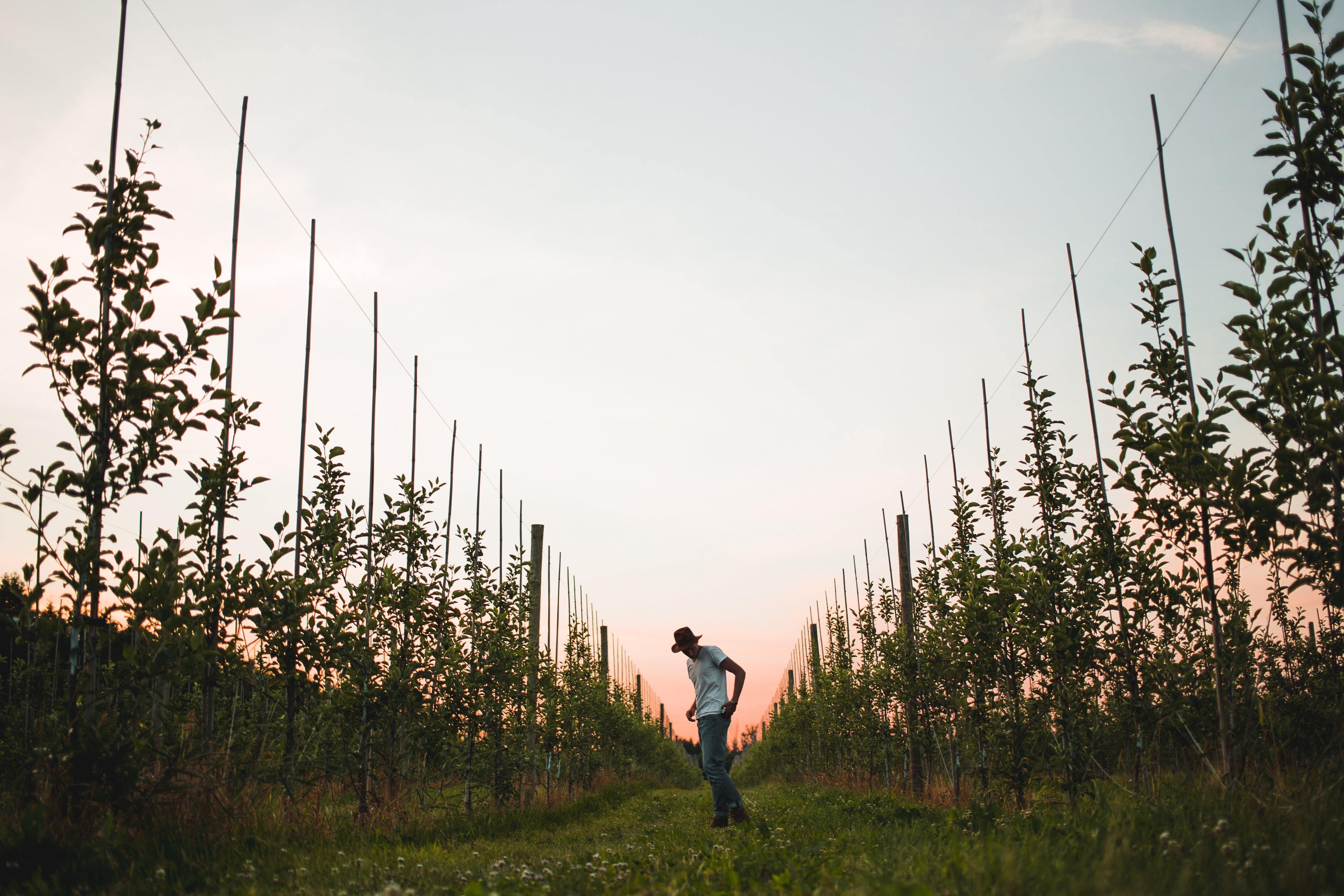
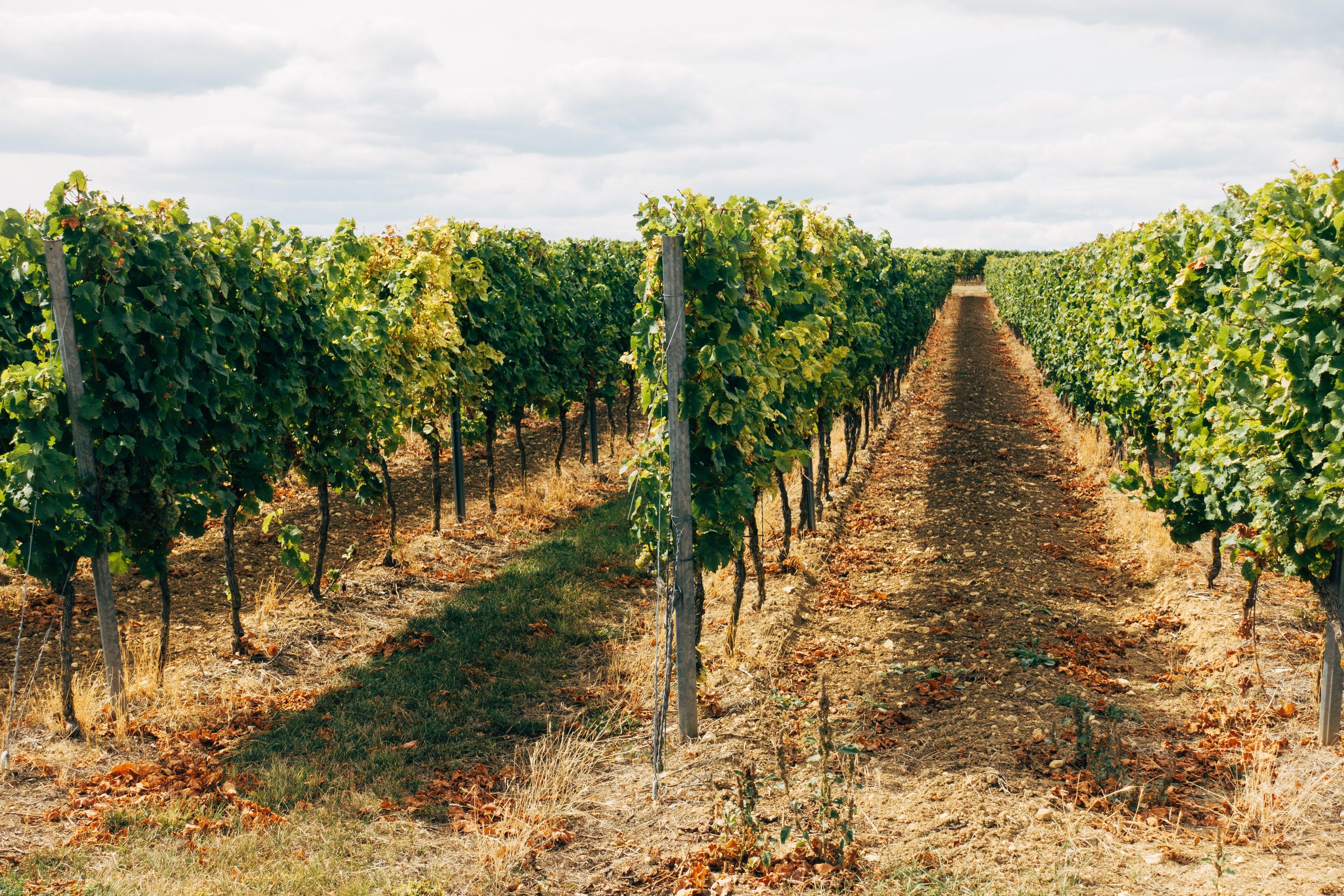
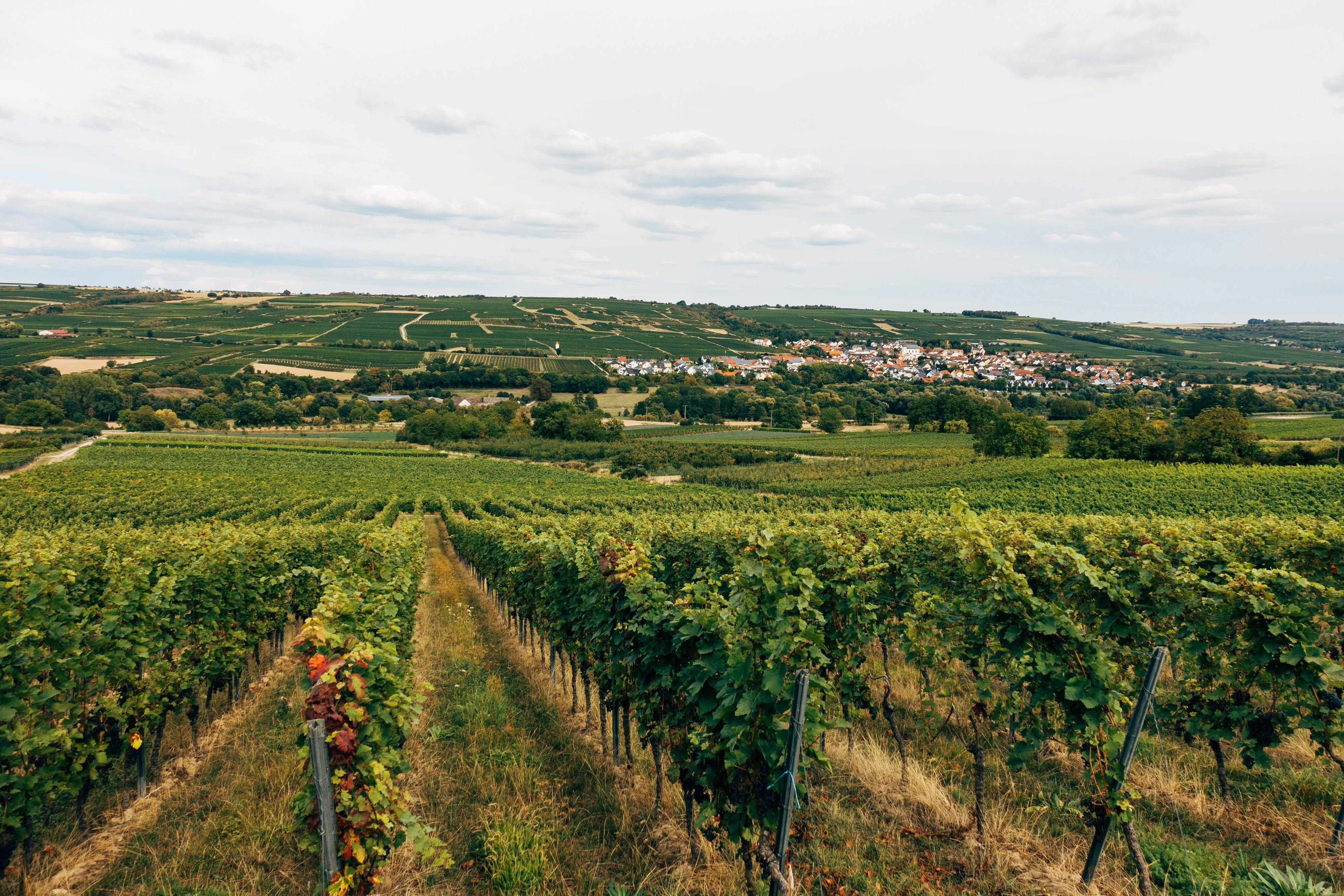
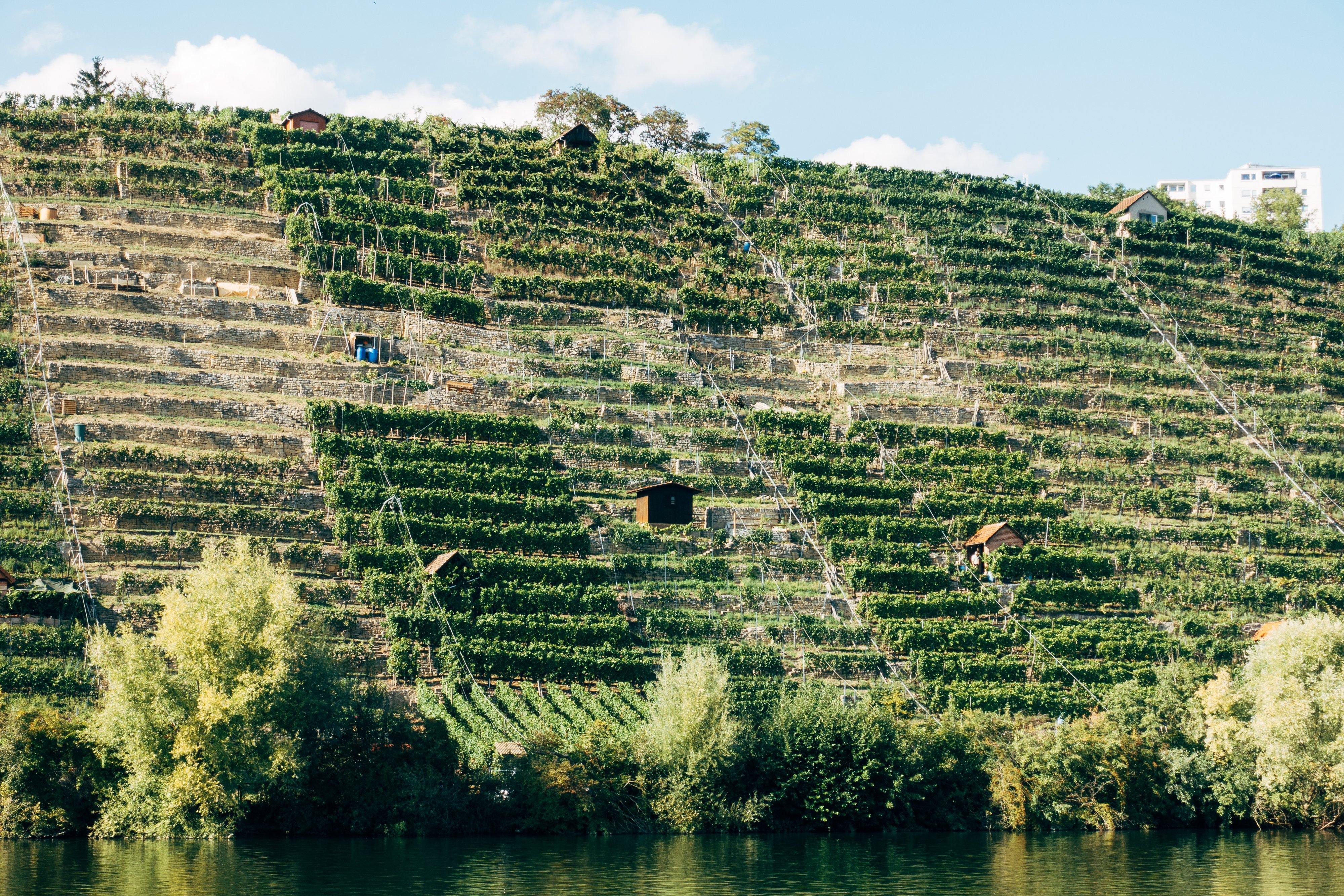
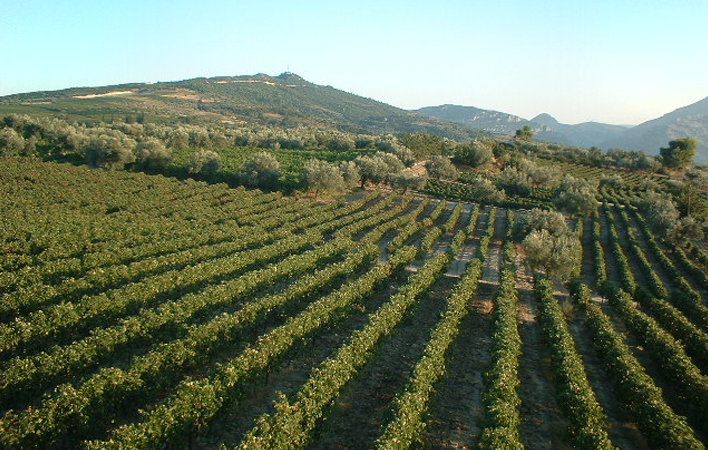
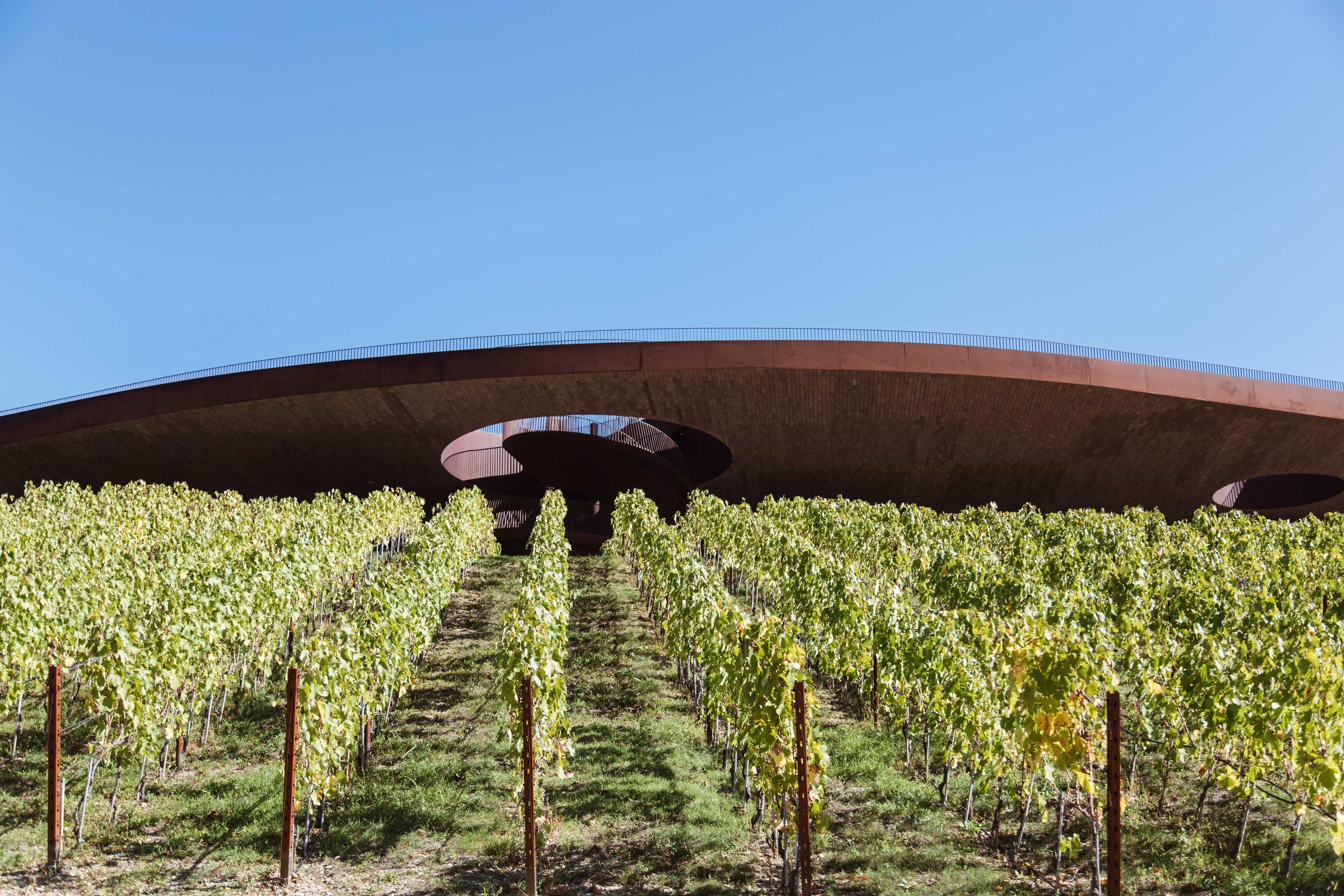
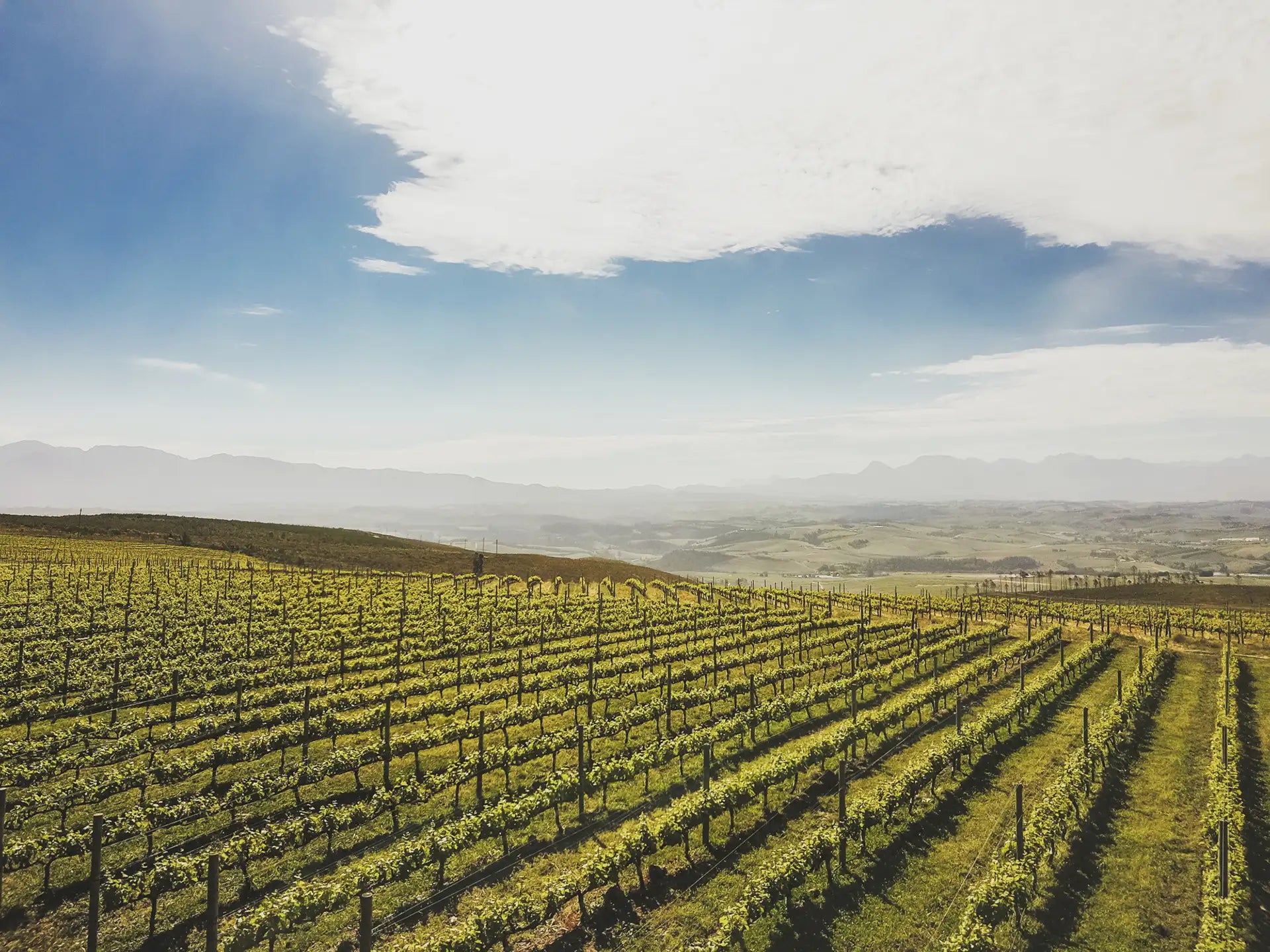
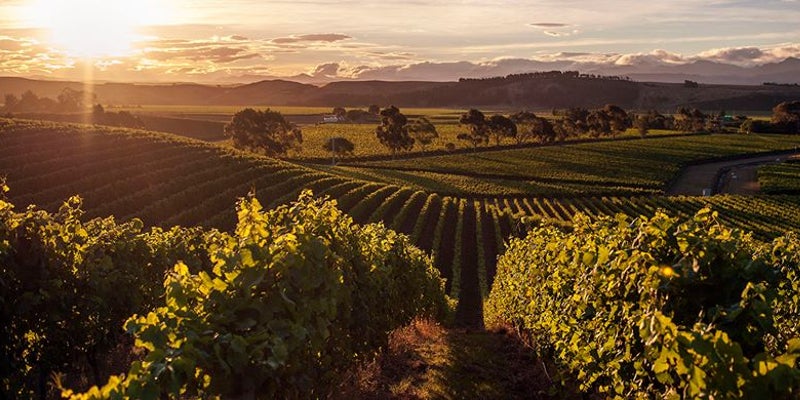
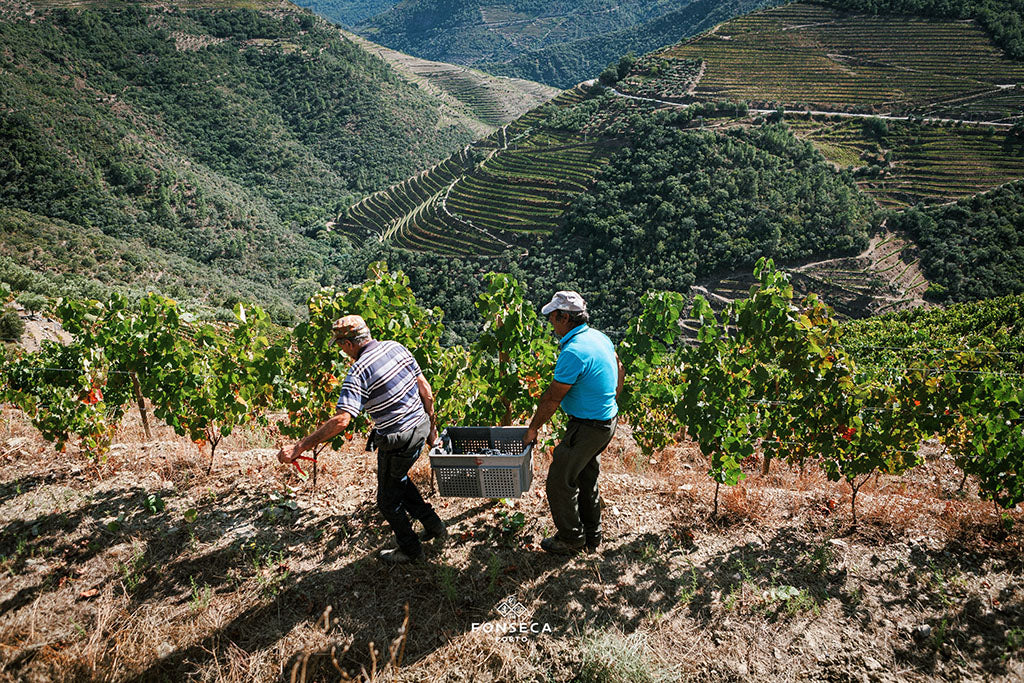
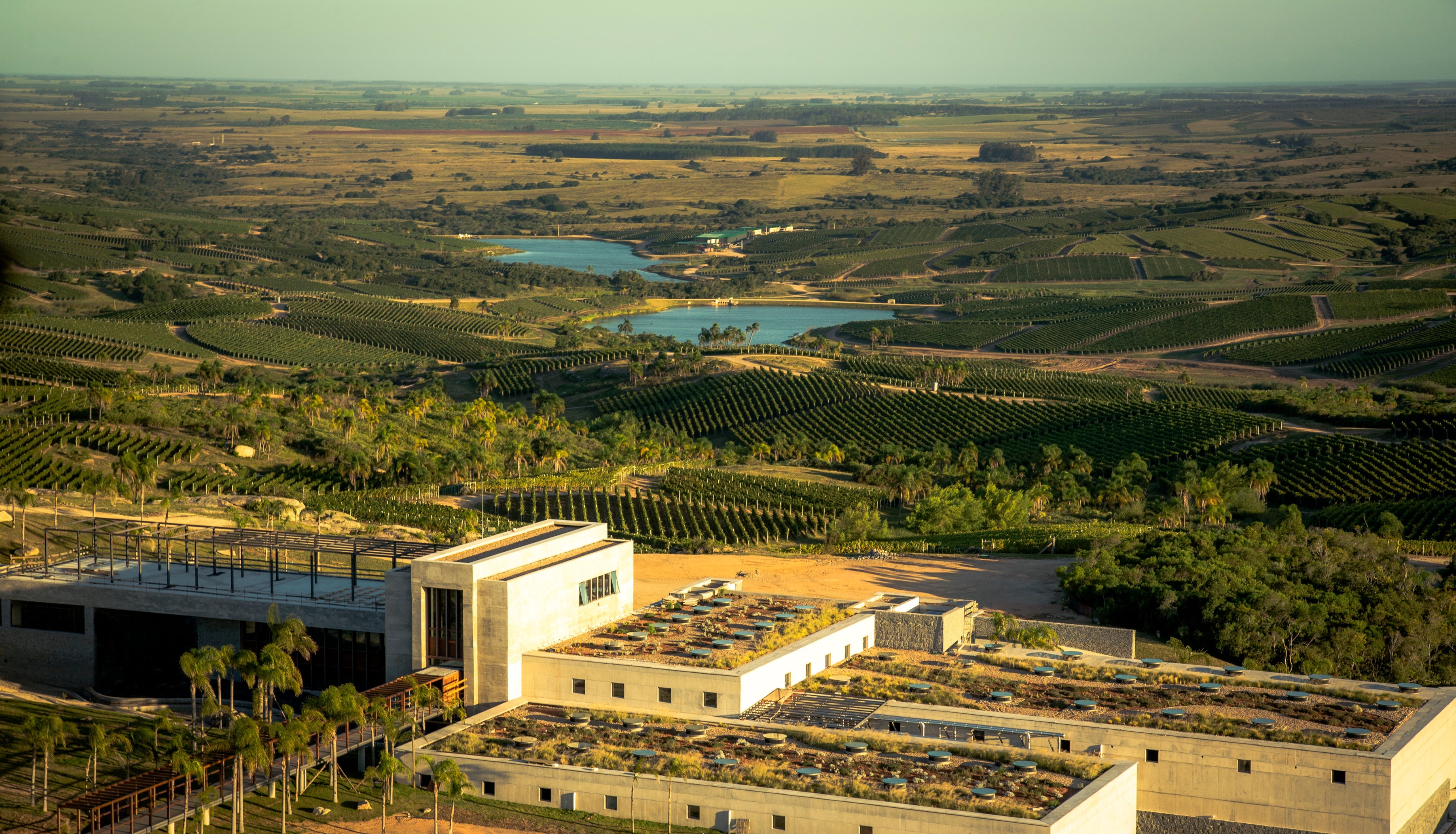
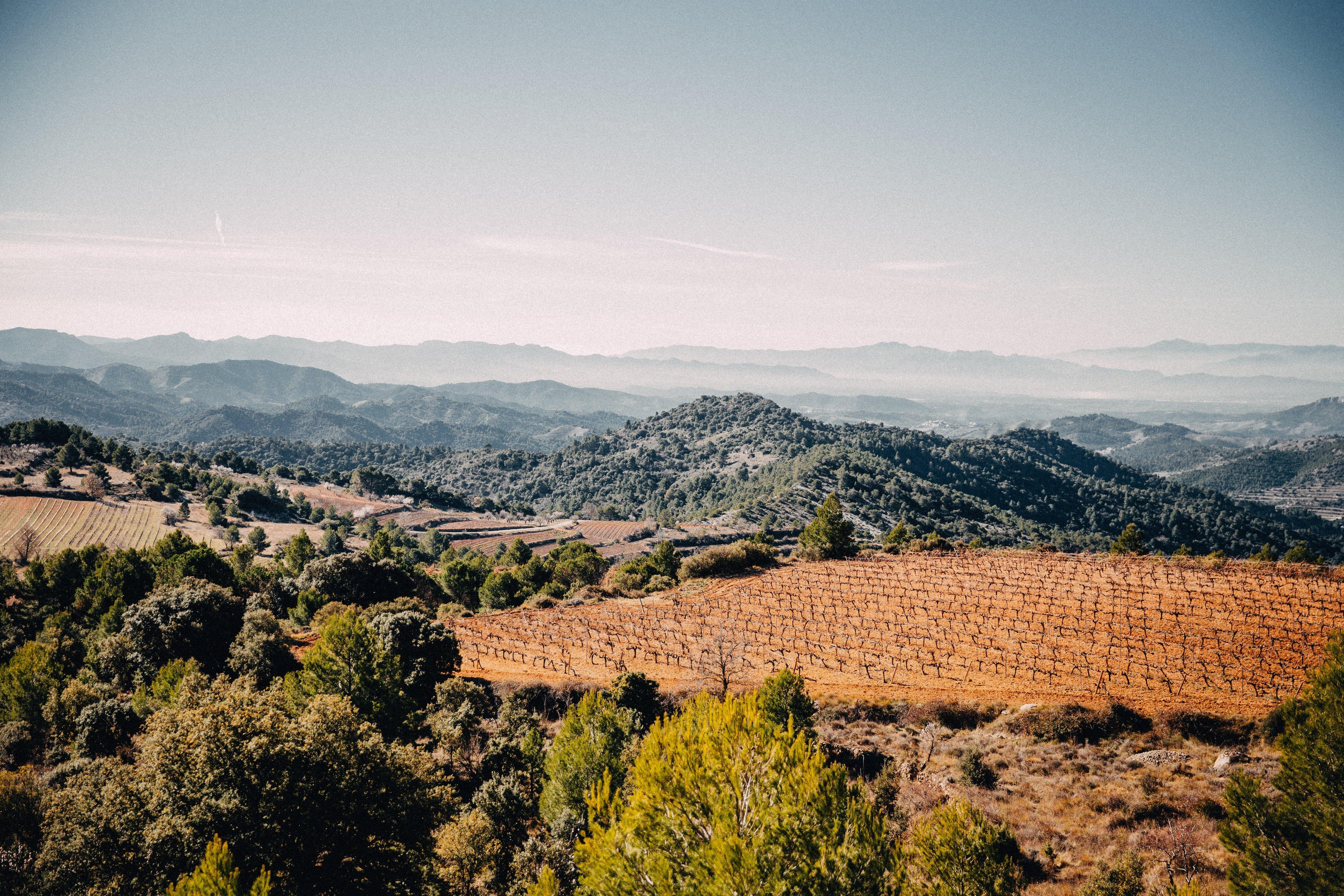
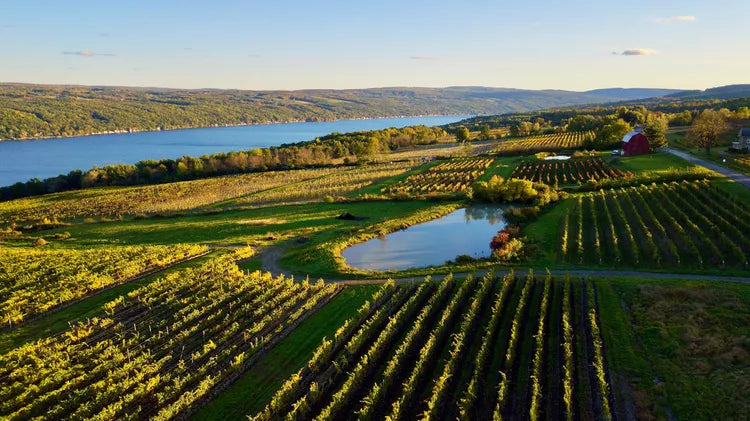

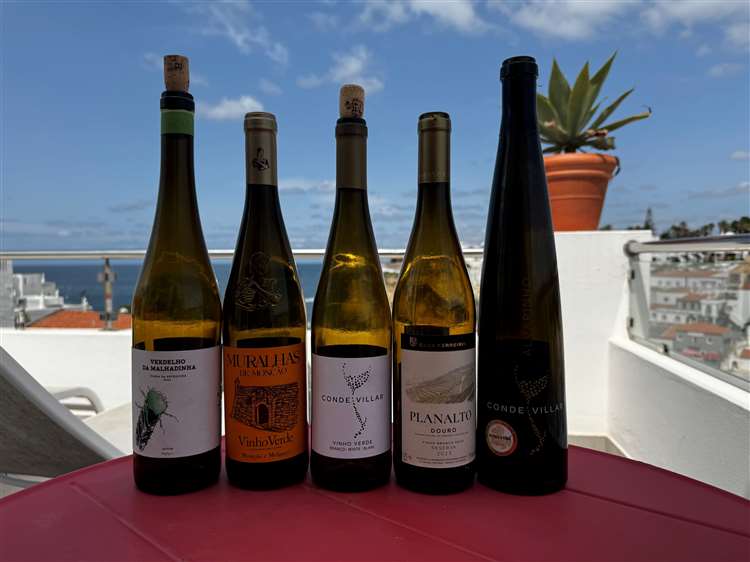
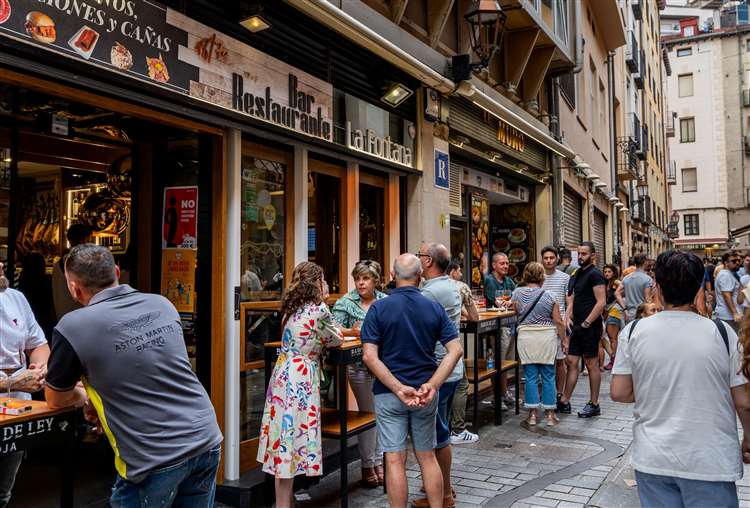
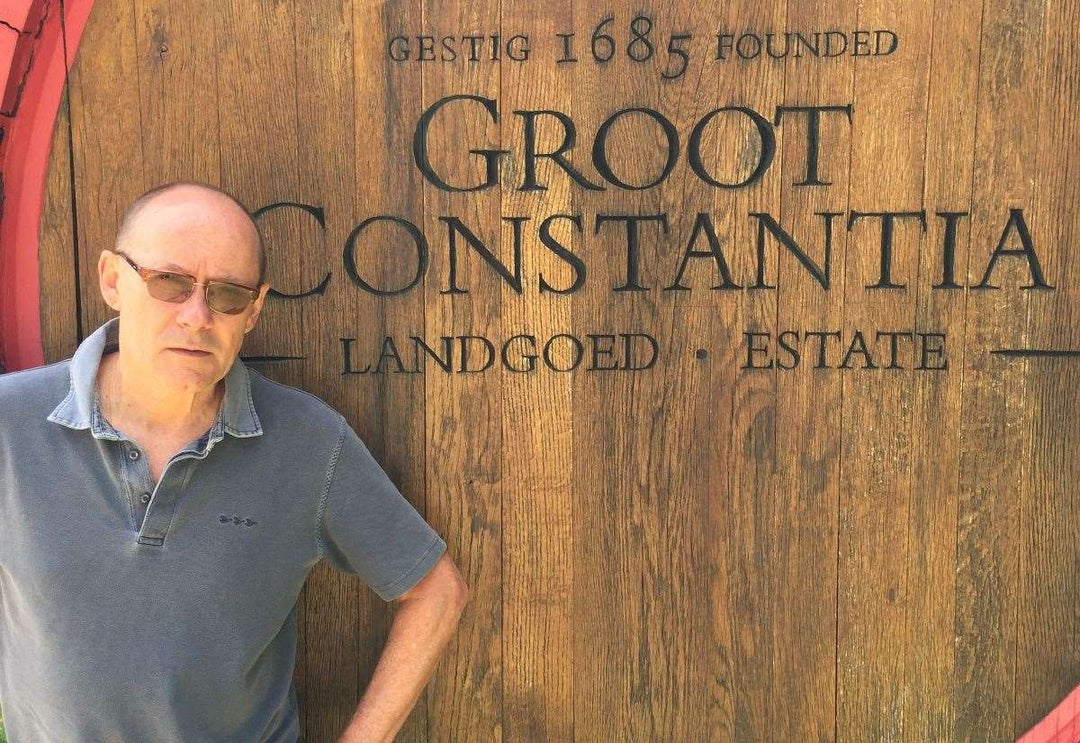
Very interesting. I well remember Blue Nunn (unforgettable for all the wrong reasons) but thanks to my wife I overcame my prejudice. A greatly under rated grape, at least in this country.
Leave a comment